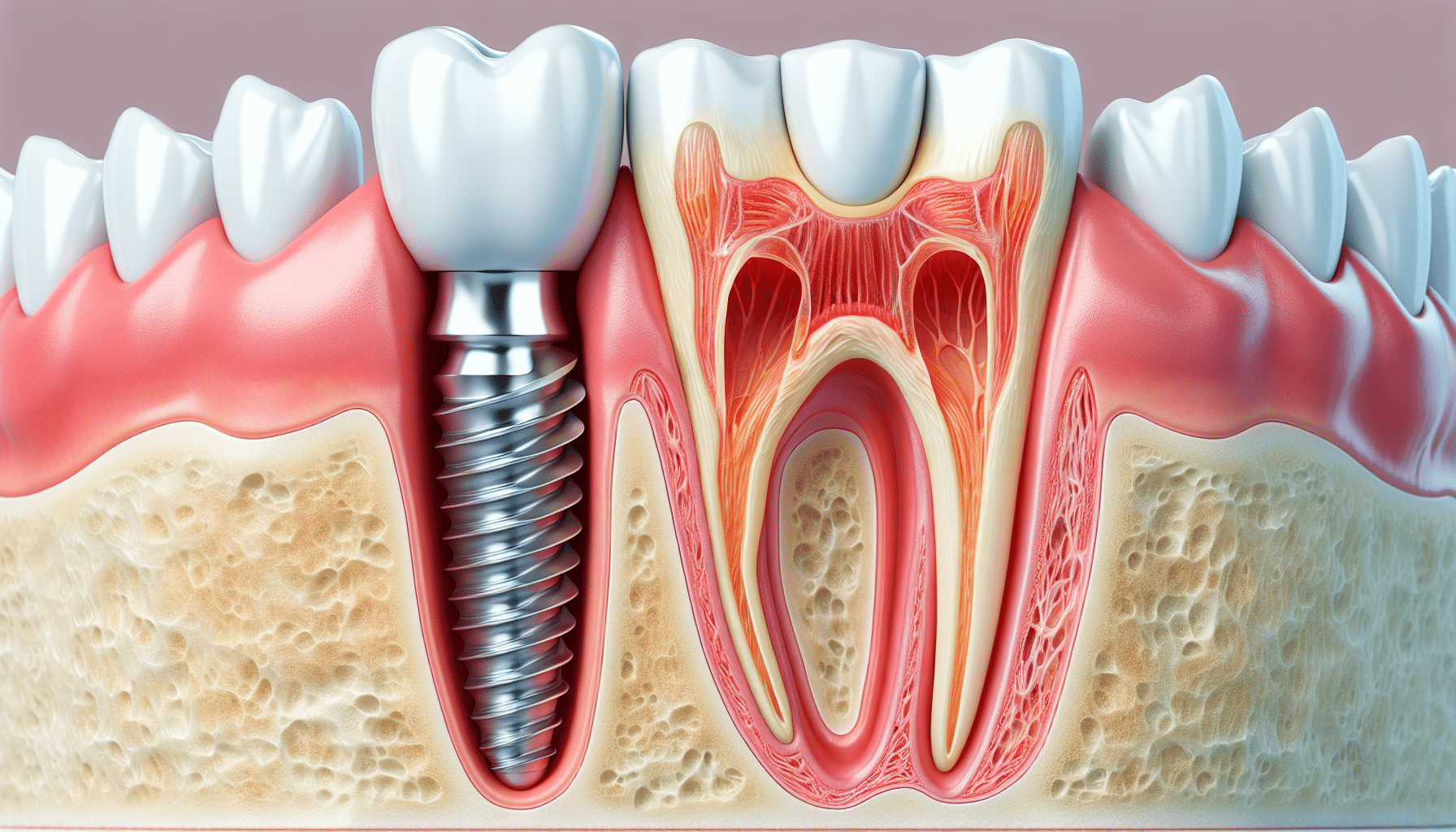The 5-Second Trick For Dental Sense
The 5-Second Trick For Dental Sense
Blog Article
Getting The Dental Sense To Work
Table of ContentsThe Dental Sense DiariesAll about Dental SenseThe 6-Minute Rule for Dental SenseDental Sense Can Be Fun For Everyone
are medical gadgets surgically implanted into the jaw to bring back an individual's capacity to chew or their look. They provide assistance for artificial (phony) teeth, such as crowns, bridges, or dentures. When a tooth is lost because of injury or illness, a person can experience problems such as quick bone loss, faulty speech, or adjustments to eating patterns that lead to pain.Dental dental implant systems contain a dental implant body and oral implant abutment and may likewise consist of an abutment addiction screw. Cosmetic dentistry services. The oral implant body is operatively inserted in the jawbone in area of the tooth's origin. The oral implant abutment is typically affixed to the dental implant body by the abutment fixation screw and prolongs with gums right into the mouth to sustain the attached synthetic teeth
(http://peterjackson.mee.nu/do_you_ever_have_a_dream#c2310)Framework of The Dental Implant System selecting oral implants, speak to your dental company about the potential advantages and threats, and whether you are a candidate for the procedure. Things to consider: Your overall health and wellness is a crucial aspect in determining whether you are a great candidate for dental implants, for how long it will certainly take to heal, and just how long the dental implant may stay in place.
Cigarette smoking might influence the recovery procedure and lower the lasting success of the implant. The recovery process for the dental implant body may take several months or longer, throughout which time you normally have a momentary joint in area of the tooth. the oral implant treatment: Carefully follow the dental health instructions given to you by your dental service provider.
Unknown Facts About Dental Sense
Implant failing can lead to the requirement for an additional operation to take care of or replace the implant system. Recovers the capability to chew Restores cosmetic appearance Assists keep the jawbone from reducing because of bone loss Protects the wellness of the bordering bone and gum tissues Aids maintain nearby (nearby) teeth stable Boosts lifestyle Damages to surrounding natural teeth during implant placement Injury to the surrounding cells during surgery, such as sinus opening Injury throughout surgical treatment (for instance, crack of bordering jawbone) Inadequate function, such as seeming like the teeth do not bite together generally A sensation that the tooth hangs or twisting in position arising from a joint screw loosening Implant body failure (looseness of the dental implant body) due to systemic infection, which might be more probable in patients with unchecked diabetics issues as a result of local infection in bone and gum tissues supporting the dental implant body because of delayed recovery, which may be extra most likely in individuals who smoke Problem cleaning the gums around the dental implant, causing bad oral hygiene Neglected gum illness Post-surgical feeling numb due to nerve impingement or damage Always notify healthcare service providers and imaging technicians that you have dental implants before any type of magnetic resonance imaging (MRI) or x-ray treatments.
FDA is not conscious of any negative events reported for MRI or x-ray procedures with oral implants. Oral implants systems are typically made from materials that comply with international consensus criteria of the International Organization for Standardization (ISO) or ASTM International. These requirements have details of what makes a risk-free product.

A dental implant is a structure that changes a missing out on tooth. With screw-like gadgets, the specialist inserts a dental implant right into the jawbone, and it serves as an anchor for a fabricated visit tooth, called a crown. A tool called a joint attaches the synthetic tooth to the oral implant. The crown is personalized to fit the person's mouth and match the shade of their teeth.
The Basic Principles Of Dental Sense
Some individuals are not eligible for dental implant surgery. It is for oral surgeons to operate on individuals with: acute illnessuncontrollable metabolic diseasebone or soft tissue disease or infectionIf these issues are resolved, an individual can have the surgical procedure. In, oral surgeons avoid operating people with: If individuals with any of the above undergo oral implant surgery, there is a higher danger of the dental implant stopping working.

Oral implant surgical procedure is a customized process. It's not the very same for everybody. The complying with offers a basic introduction of what you can anticipate your dentist, dental surgeon, periodontist or prosthodontist to do: Position the dental implant surgically. Provide you time to heal. Affix the message and last crown, bridge or denture.
Next off, your doctor will thoroughly put the oral implant right into your jaw. If your implant is near the front of your mouth, your dental professional will make a short-term tooth for you to wear until you recover.
See This Report about Dental Sense
Your provider can inform you what to expect in your scenario. Throughout the recovery phase, your jawbone should fuse to the oral implant. This procedure, called osseointegration, is crucial for security and long-term success. This process can take anywhere from 3 to 9 months. Sometimes, it may take much longer.
Once your dental implant heals, your dental expert can connect the joint (small connector post) and your final repair (crown, bridge or denture). This normally takes concerning one hour to finish and may need a second small surgical treatment. You should not feel any kind of pain throughout your oral implant procedure due to the fact that your provider will certainly use medication to numb your gum tissues.
Report this page